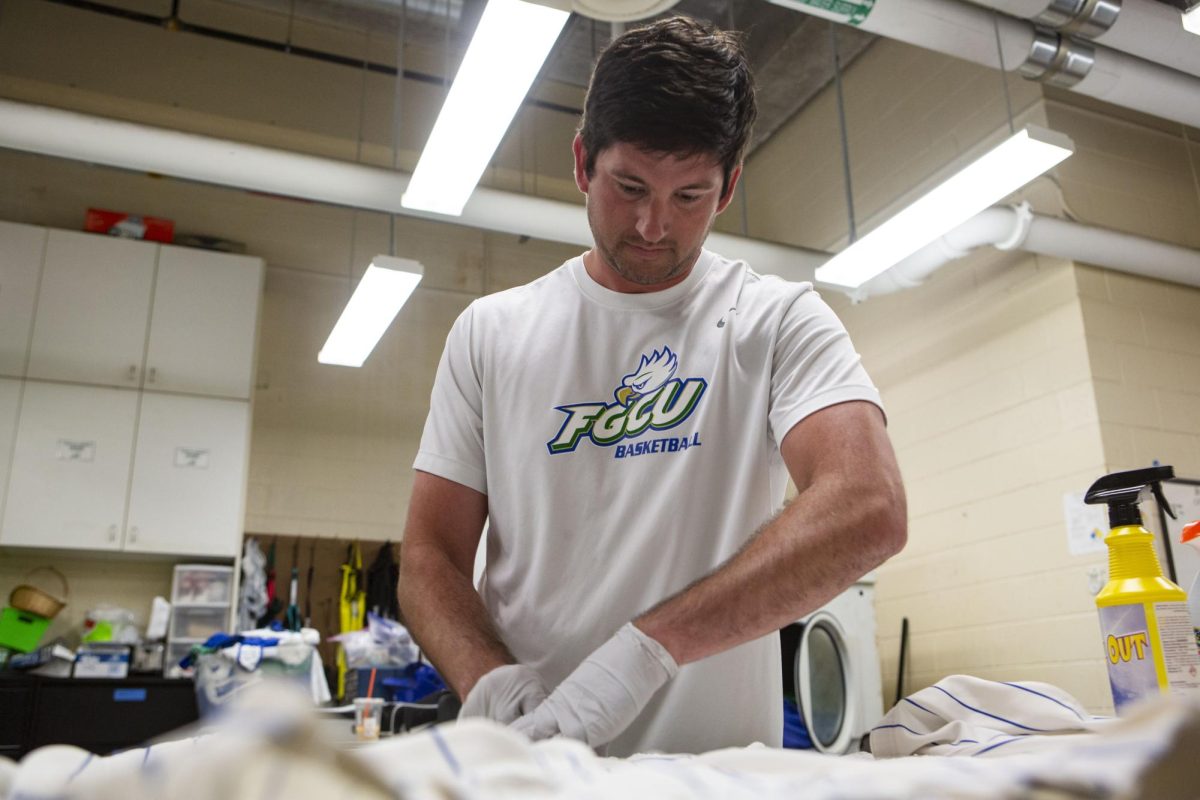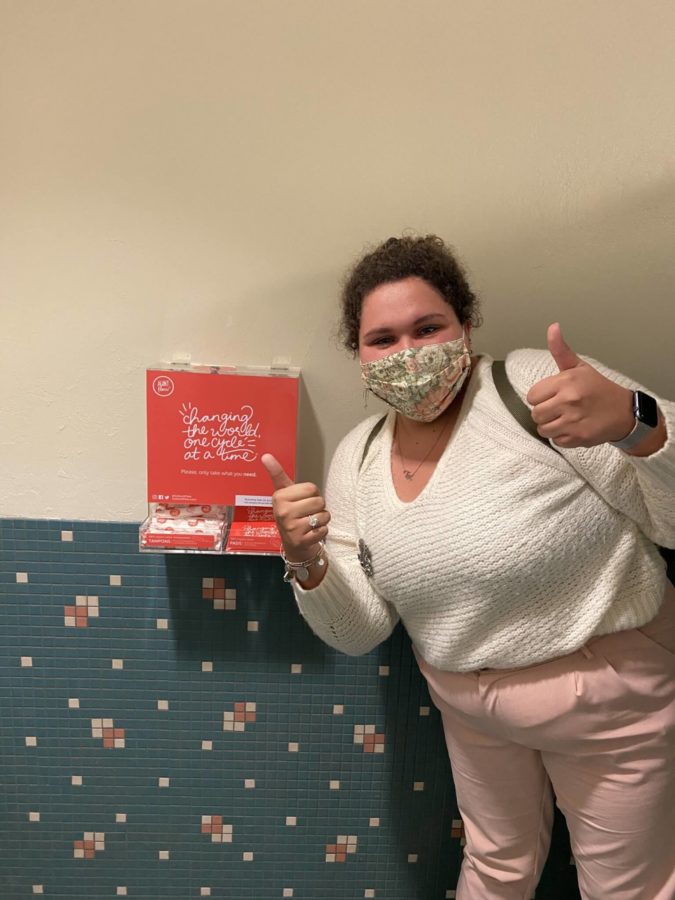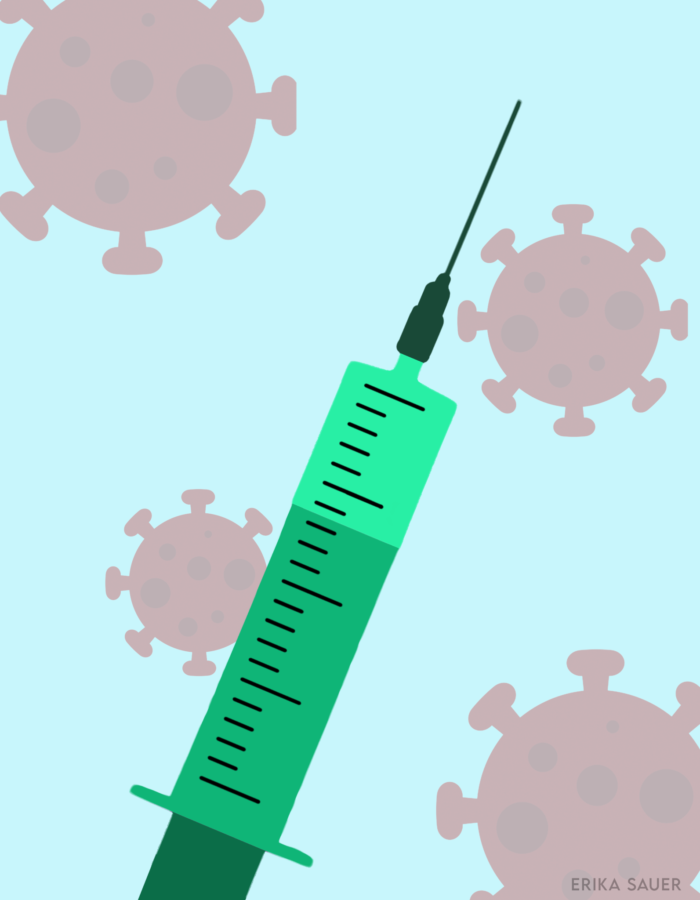If you’ve ever stopped at your grocery store for a sub or split a pizza with your friends on movie night, you’ve eaten gluten. It’s a plant protein that’s found in all sorts of grains, serving as the glue that holds those food products together. It’s what lets pizza-makers throw their dough in the air without it falling apart, and it’s what makes bread and bread products chewy, fluffy and filling.
However, it’s also lately being avoided by many to the point that there is an outpour of products being certified as gluten-free — from special pastas to fish sticks and even dog food.
Why? For some people, gluten triggers an immune-system attack on the small intestine. This is called celiac disease. Symptoms can be very serious, ranging from gas, bloating and fatigue to depression and seizures. Celiac disease can even affect digestion to cause malnutrition. So, it makes sense that people with this sensitivity would avoid gluten. But they only account for 1 percent of the population.
So who else is shunning gluten?
According to The New Yorker, books written by doctors such as William Davis, a cardiologist, and David Perlmutter, a neurologist, have turned gluten-free diets into the new health fad. Davis’ book blames gluten for a host of health problems, such as arthritis and asthma, and Perlmutter calls it “one of the greatest and most under-recognized health threats to humanity.’’
Because of this research, average dieters who have erased gluten from their diet, like the Atkins anti-carb craze, claimed that going without gluten makes people feel lighter and healthier. Some even say that kicking gluten to the curb has helped them shred off a couple pounds.
“The higher the blood glucose after consumption of food, the greater the insulin level, the more fat is deposited,” reads “Wheat Belly,” Davis’ book on the subject. “This is why, say, eating a threeegg omelet that triggers no increase in glucose does not add to body fat, while two slices of whole wheat bread increases blood glucose to high levels, triggering insulin and growth of fat, particularly abdominal or deep visceral fat.”
However, there is also research to the contrary. Consumer Reports compares the shunning of gluten to the “vilifying” of fat in the 1990s. In its report, Alessio Fasano, M.D., the director of the Center for Celiac Research at Massachusetts General Hospital in Boston, said that he advises against going gluten-free, unless there is a true sensitivity involved.
“When you cut out gluten completely, you can cut out foods that have valuable nutrients,” Fasano told consumerreports. org. “And you may end up adding more calories and fat into your diet.”
If you’d like to decide for yourself and try a gluten-free diet, your first step is to start reading labels. Some of the more obvious gluten products are nobrainers — that’s anything with wheat, rye, or several other grains, such as barley. However, there are some sneaky culprits as well. Hot dogs and sausage, for example, contain gluten as does soy sauce.
The giant “gluten-free!” label on many different foods is also a dead giveaway. 
Natural gluten-free foods include fruits, vegetables, meat and poultry, fish and seafood, dairy, beans, legumes and nuts. Grains, such as rice and quinoa are also gluten-free, and they can be used to replace pasta in most recipes.
For more options and information, visit celiac.org/live-gluten-free/glutenfreediet.










































Michelle • Oct 25, 2015 at 4:00 pm
What the FIRST step should be if you feel you have a problem with gluten, is to be tested for celiac disease. Once you go gluten free, testing is no longer possible and it is often extremely difficult to obtain an accurate result after that.